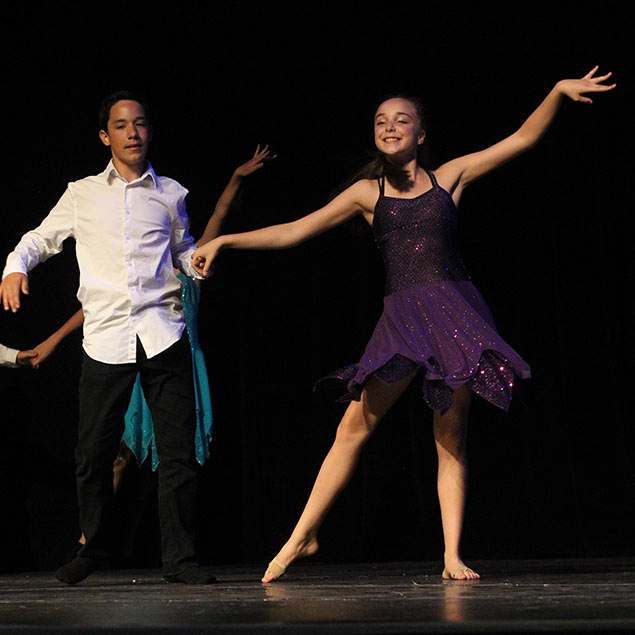Intermediate Ballroom: Closed vs Open Figures

As we move to higher levels of dancing in our smooth/standard styles, greater emphasis is put on speed, momentum, and distance. One of the biggest changes occurs when we stop closing our feet on most of our steps, and start passing or brushing with them instead – this is the difference between closed and open figures.
While most International-style dancers start with open patterns from the beginning, American-styles make this dramatic shift as you move into the silver level in waltz or foxtrot. So if you’re around that level, or just want to understand the movement better, raise your focus, and let’s dive in!
Take the simple twinkle: For a bronze-level dancer, the 3rd step is a closing action, while shaping to promenade position. Once that dancer graduates to silver however, that same step brushes to a close without changing weight, shaping to promenade, and steps forward and slightly side in the new position. Yep, all that happened on ONE step.
What makes this even trickier is how it affects the rise and fall. While closed figures allow you to lower over the standing foot, granting a certain amount of stability, open figures continue to travel as you lower. Time to start strengthening those leg muscles!
So let’s break down how to make the open figures look as good (just kidding, I meant better of course), than the closed ones:
- Twice as far = twice as fast. When you think about it, the moving leg moves twice as far as it did when you close – resist the urge to decelerate like you would with a closing step.
- Always move the traveling foot under your body. Whether brushing or passing, the moving foot must move under your ribcage on it’s way from point A to B. This is crucial to maintaining good balance and leg connection with your partner.
- Squeeze the thighs. An important part of maintaining leg and core stability is to draw your thighs strongly together during the first half of the step – this, combined with strong floor connection, will give you a powerful foot rise.
- Delay your “rise”. Most dancers lower on count “3” in waltz, when they actually want to drop half a beat later. Reach your highest point AFTER your leg has passed under your body, and the fall will be even more dramatic.
- Delay your “fall”. As we mentioned earlier, the lowering part of your rise and fall is taken on a moving foot. Control that drop by pressing down into the floor with the ball of the foot as it slides, keeping it from “skating” quickly forward.
- Step ahead of your body. Your traveling foot is last to leave but first to arrive – too late, and you’ll “tip” into the step, whereas too early will kill your momentum. Practice your movement at 1/4 time, then 1/2 time, and finally full out!
About the Author
Ian Crewe has been dancing ballroom for over 18 years, and has a Licentiate in American smooth and rhythm. His passion for dance eventually led him to blogging and the World Wide Web. Ian currently teaches at the Joy of Dance Centre, Toronto, ON, Canada.

